In digital marketing, on-page SEO is essential for increasing your website’s search engine ranks and driving organic traffic. Understanding the principles of On-Page SEO may significantly increase your appearance on search engine results pages, whether you’re optimizing a personal blog or a commercial website.
What is On-page SEO?
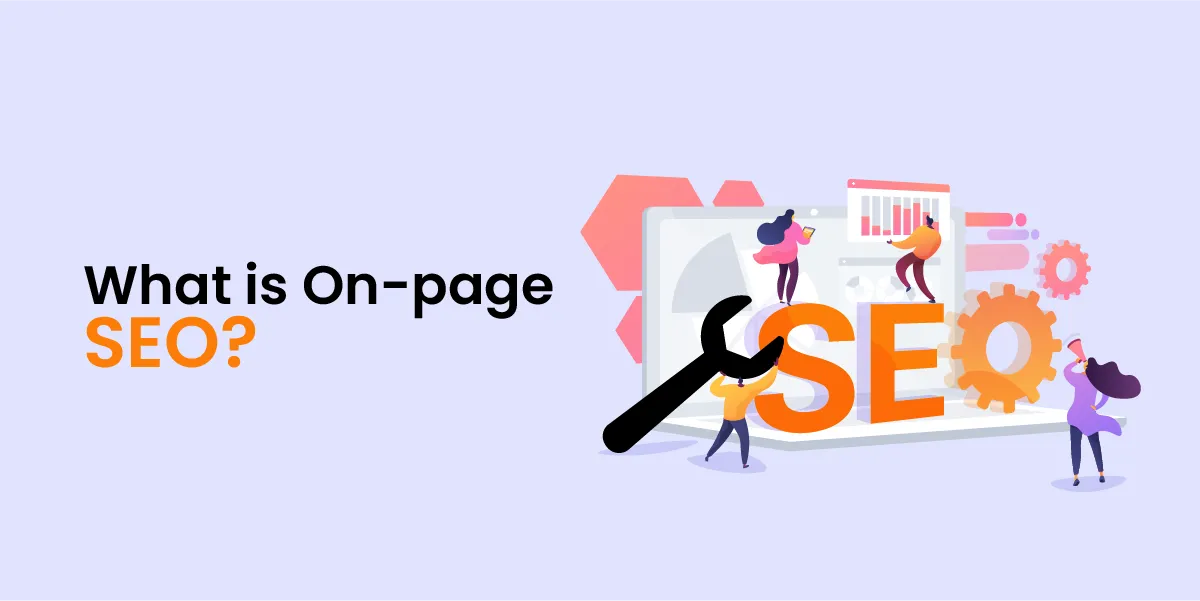
On-page SEO means optimizing the content and technical elements within individual web pages to improve rankings on search engine results pages (SERPs). Essentially, it’s about making your website more appealing to search engines and users.
Off-page SEO focuses on external factors like backlinks and social media presence, while on-page SEO is all about your pages’ content, structure, and HTML elements. By mastering On-Page SEO, you ensure your website communicates well with search engines like Google, leading to higher rankings and more organic traffic.
But why does this matter? Search engines, notably Google, constantly evolve their algorithms to prioritize quality, relevant content. If your website is optimized to meet their criteria, you’re more likely to climb higher in the search results. On-page SEO is the foundation for making this happen.
On-Page SEO Basics

To get started with On-Page SEO, it’s crucial to know about the main components that contribute to an optimized page. Here are the key elements:
- Content Quality: Informative, High-quality, and relevant content is the backbone of SEO. Search engines always try to serve users with content that answers their queries comprehensively and satisfyingly.
- Keywords: Keywords are the unique terms that users type into search engines. Strategically placing these keywords within your content, title tags, headings, and meta descriptions is essential for helping search engines understand what your page is about.
- Title Tags: This is the clickable headline of your page that appears in SERPs. Including your primary keyword here is vital because the title tag is one of the major ranking factors.
- Meta Descriptions: This summary of your page shows up in search results under the title tag. While not a direct ranking factor, a well-crafted meta description can boost click-through rates (CTR), positively affecting your rankings.
- Header Tags (H1, H2, H3): These give structure to your content and make it easier for users and search engines to read. The H1 tag is usually the title of your article, and H2/H3 tags are used for subheadings.
- URL Structure: Clean, keyword-rich URLs help search engines and users understand a page’s topic. Avoid long, complex URLs filled with unnecessary characters or numbers.
- Internal Links: These are links from one page on your website to another. They help guide users to related content and distribute ranking power across your site.
- Images and Alt Text: Adding relevant alt text to your images helps search engines understand what the images are about. Optimized images also improve page load speed, which is a ranking factor.
- User Experience (UX): Elements like mobile-friendliness, page speed, and easy navigation all contribute to a positive user experience, which can have a direct impact on your SEO strategy.
Now that you have an overview of the basics let’s go deeper into each component.
Optimize Title and Description Tags
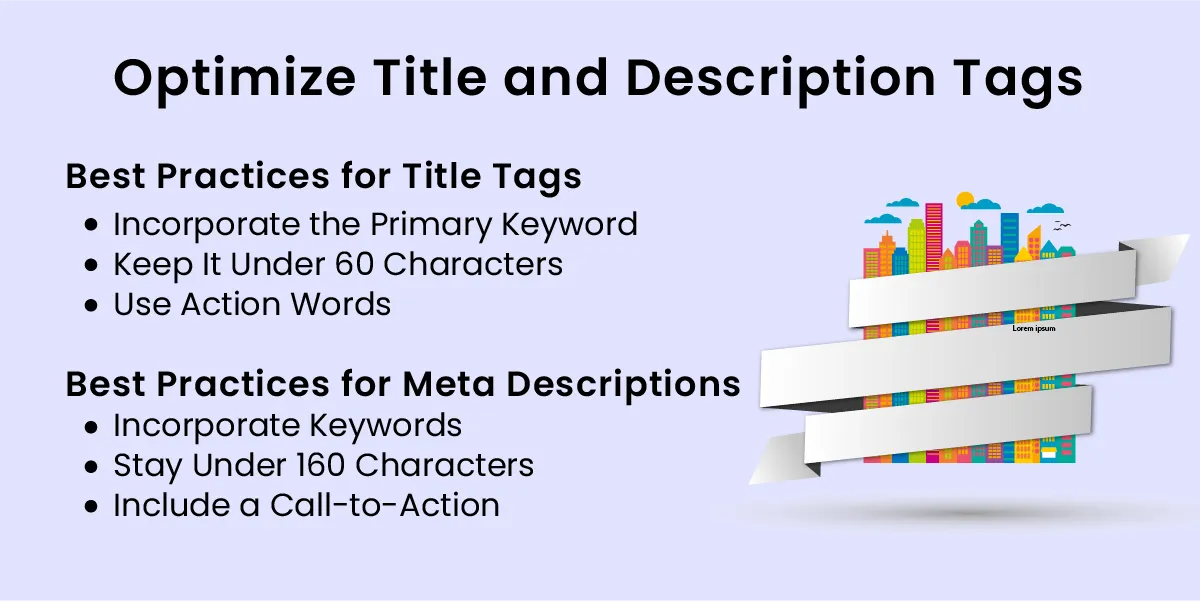
Your title tag and meta description are the first things that users see in search engine results. If they aren’t optimized, you’re missing out on valuable clicks.
Best Practices for Title Tags:
- Incorporate the Primary Keyword: Make sure your most important keyword appears in the title, preferably toward the beginning.
- Keep It Under 60 Characters: This prevents your title from being cut off in search results.
- Use Action Words: Words like “Guide,” “Learn,” “How-To,” and “Top” can attract more clicks by making your title actionable and engaging.
Best Practices for Meta Descriptions:
- Incorporate Keywords: While meta descriptions don’t directly impact rankings, having relevant keywords can signal to users that your content is what they’re looking for.
- Stay Under 160 Characters: This ensures that your meta description won’t be truncated.
- Include a Call-to-Action: Phrases like “Read More,” “Learn How,” or “Discover” can help improve your CTR.
Craft Captivating and Valuable SEO Content
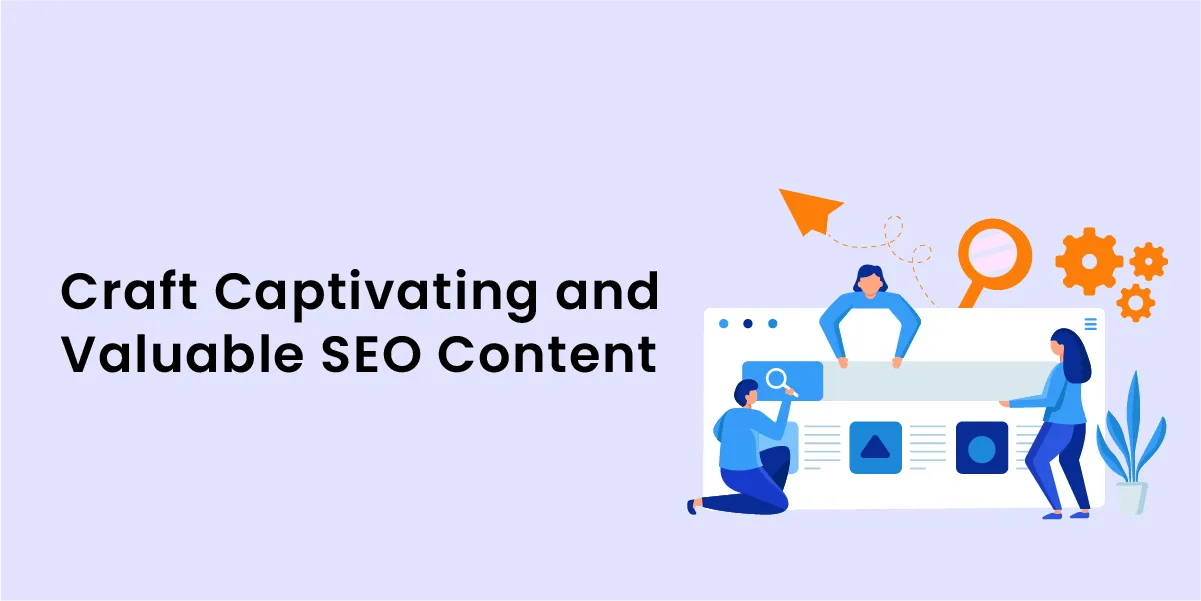
Your content is the heart of your On-Page SEO strategy. Without well-written, valuable content, your website won’t rank, no matter how well-optimized the technical aspects are.
Key Points to Consider When Writing SEO Content:
- Write for the User First: Always prioritize creating content that serves the reader’s needs. If you focus too much on keyword placement and not enough on answering users’ queries, your content will fail to rank.
- Use Your Keywords Naturally: Your primary keyword should appear in the title, first paragraph, and throughout the content. However, avoid keyword stuffing, which can lead to penalties from search engines.
- Keep It Engaging: Short paragraphs, subheadings, bullet points, and images can all make your content more digestible and easier to read.
- Length Matters: While there’s no “magic number” for how long a piece of content should be, longer, more in-depth articles often perform better in search rankings. Aim for at least 1,500 words when writing long-form content.
Optimize Your Content for SEO
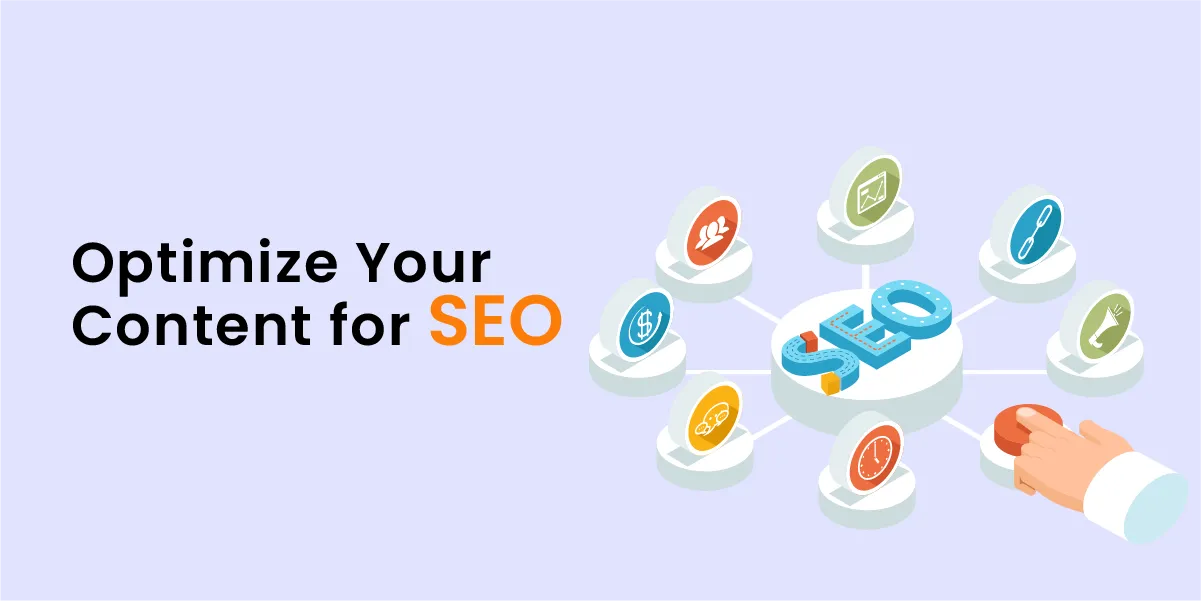
It’s not enough to just write great content; you also need to ensure it’s optimized for search engines. This involves a few strategic tweaks:
Keyword Density and Placement:
- Density: Keep your keyword density between 1-2%, meaning your keyword should make up 1-2% of the total word count.
- Placement: Keywords should appear in key areas like the title, headings, first paragraph, and evenly throughout the content. However, it’s important that they appear naturally.
Latent Semantic Indexing (LSI) Keywords:
LSI keywords are related terms that help search engines understand the context of your content. For example, if your primary keyword is “On-Page SEO,” related keywords might include “content optimization,” “meta tags,” or “search engine ranking factors.”
Use Header Tags Effectively
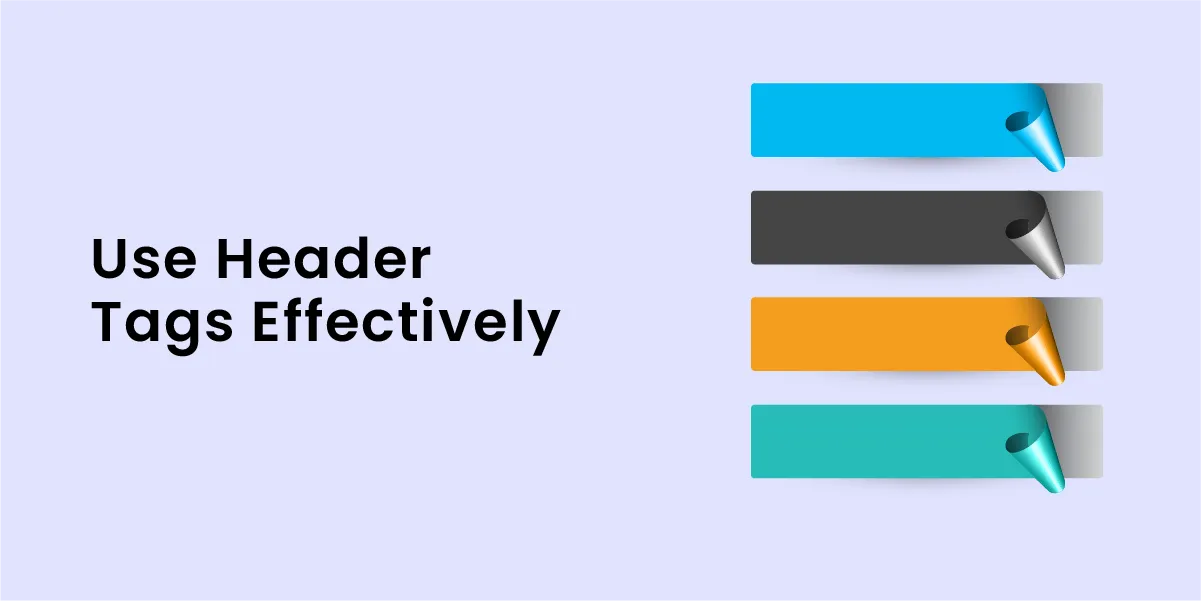
Proper use of header tags helps both readers and search engines understand the structure of your content. Here’s how to use them effectively:
H1 Tag:
- Should include your primary keyword and represent the main topic of your page. You should only have one H1 tag per page.
H2 and H3 Tags:
- These are used for subheadings and help break your content into smaller, more digestible sections. They also make it easier for search engines to crawl your content.
Optimize for CTR (Click-Through Rate)
CTR is a key metric in determining the success of your SEO efforts. The more users who click on your result in the SERP, the higher your ranking can go.
How to Improve CTR:
- Compelling Titles: Write attention-grabbing titles that promise value.
- Persuasive Meta Descriptions: Use your meta descriptions to entice users with benefits or solutions.
- Rich Snippets: Implement structured data to get those attractive star ratings, reviews, and other rich snippets that boost CTR.
On-Page UX Signals
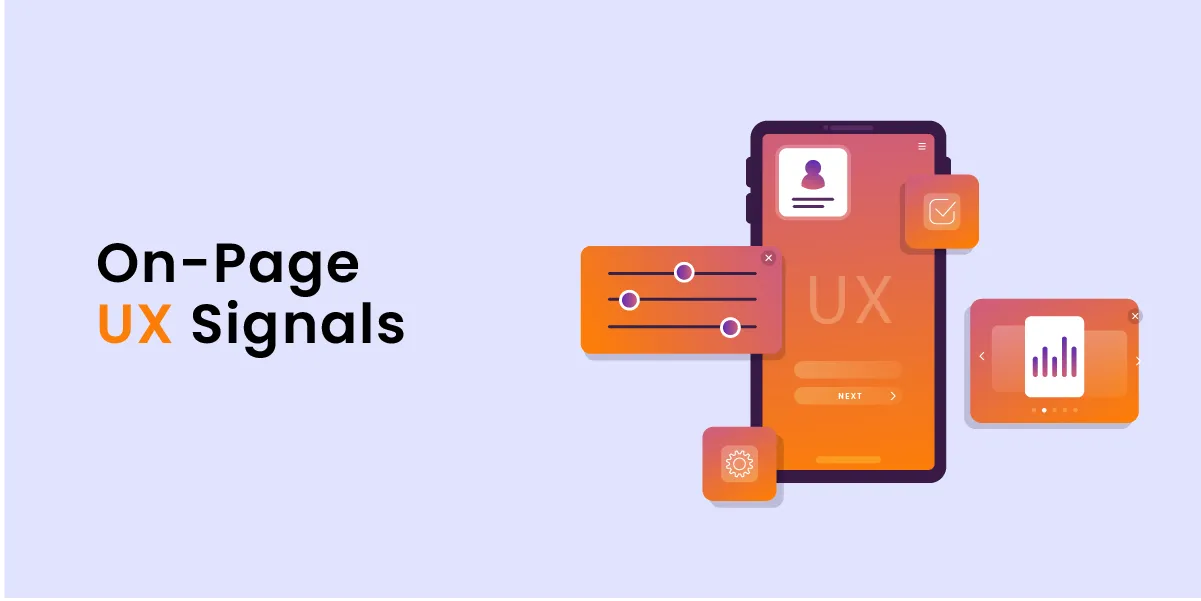
Search engines send users to websites with good contents and offer great experiences. Here’s how to optimize for UX:
- Mobile-Friendliness: With Google’s mobile-first indexing, having a responsive, mobile-friendly design is a must.
- Page Speed: Slow-loading websites lead to high bounce rates, which can hurt your SEO. Use tools like Google’s PageSpeed Insights to test your page load times.
- User Engagement: Content that keeps users on your page longer and encourages interaction (like comments or social shares) can send positive signals to search engines.
Mobile Friendliness and Page Speed Optimization
As more users access the web via mobile devices, your site’s mobile usability is more important than ever. Mobile-friendly websites provide a better user experience and rank higher on mobile search results.
How to Improve Mobile Friendliness:
- Use responsive design that adjusts to various screen sizes.
- Ensure your content is readable on smaller devices.
- Test your site with Google’s Mobile-Friendly Test tool.
Image Optimization for SEO
Images have a great impact on user engagement, but they also impact your page speed and SEO.
Tips for Optimizing Images:
- Use Descriptive File Names: Instead of “IMG_001,” name your image files something descriptive, like “on-page-seo-chart.jpg.”
- Compress Images: Large images slow down your page load speed, so use tools like TinyPNG to compress them.
- Alt Text: Use relevant, keyword-rich alt text to help search engines understand the motive of your images.
Internal Linking Strategies
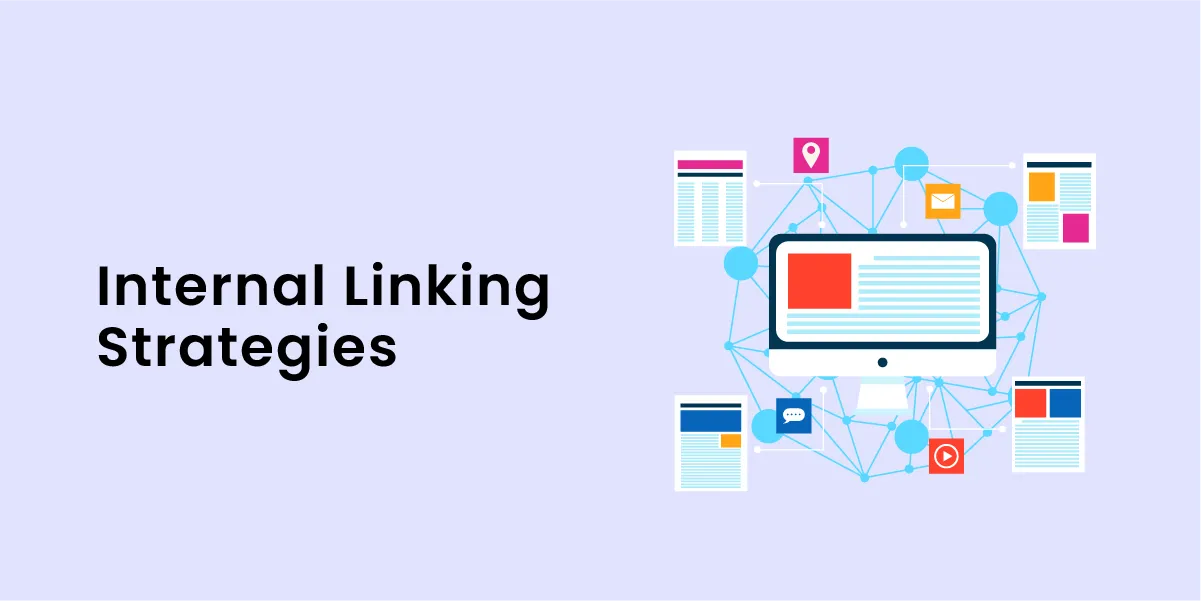
Internal links help both users and search engines navigate your site. They can also help distribute ranking power, or “link juice,” from higher-ranking pages to lower-ranking ones.
Best Practices for Internal Linking:
- Link to Related Content: Always link to other relevant and reputed pages on your site to keep users engaged and help search engines to understand the relationship between different pages.
- Use Descriptive Anchor Text: Instead of linking with generic phrases like “click here,” use keyword-rich anchor text that describes the linked page.
URL Structure and SEO
A clean, keyword-rich URL structure is an often-overlooked aspect of On-Page SEO. Here’s why it matters:
- SEO-Friendly URLs: Make sure your URLs are simple, readable, and include your primary keyword.
- Avoid Long, Complex URLs: Long, complex URLs with numbers and symbols can confuse users and search engines alike.
Schema Markup and Rich Snippets
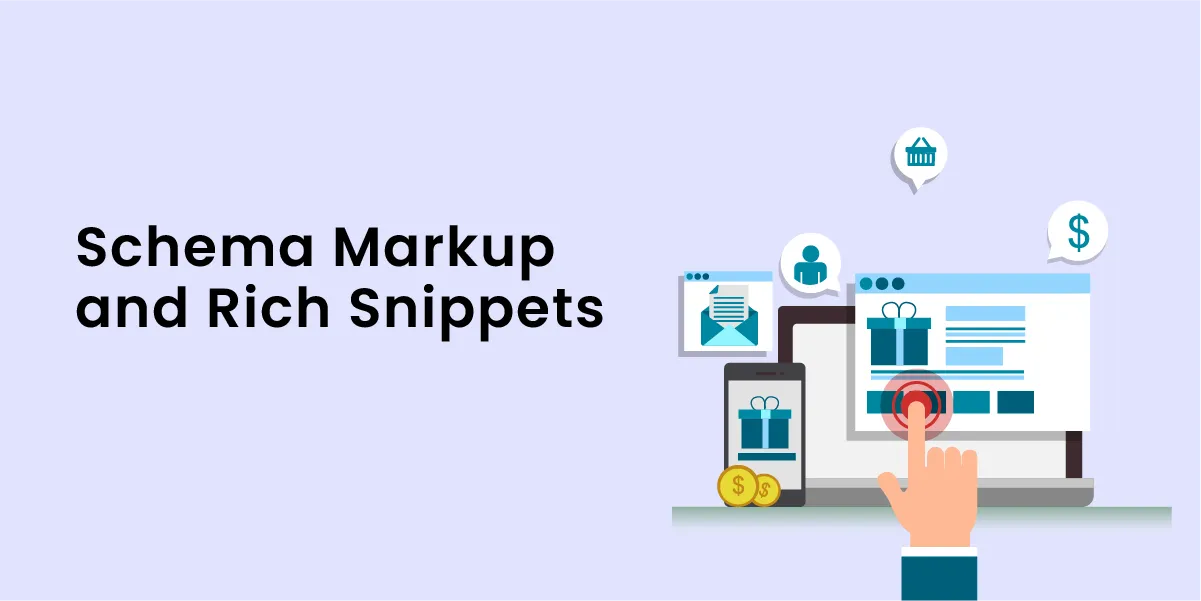
Schema markup is a type of microdata. It helps search engines to know the content on your site in depth. It’s what generates rich snippets—extra bits of information that appear under your title in search results.
Why Schema Markup is Important:
- Enhanced Search Appearance: Rich snippets can include ratings, reviews, prices, and more, making your result stand out in search engines.
- Improved CTR: Results with rich snippets tend to attract more clicks than those without.
Advanced On-Page SEO Tips
Once you’ve nailed the basics, here are some advanced techniques to help take your On-Page SEO to the next level:
- Optimizing for Voice Search: With the rise of voice-activated assistants like Siri and Alexa, optimizing for conversational search queries is key. Think about how users would speak their search queries and try to answer these questions in your content.
- Use HTTPS: Having a secure site is critical not only for user trust but also for rankings. Sites with HTTPS encryption often rank higher than those without it.
Conclusion
On-Page SEO is one of the most important factors for your website to rank higher in search engine results. By focusing on creating valuable, well-optimized content, using relevant keywords naturally, and paying attention to technical details like title tags, meta descriptions, and mobile-friendliness, you can drastically improve your website’s performance in SERPs.
Whether you’re a seasoned SEO professional or just starting out, the steps described in this guide will help you take your website to the next level.
FAQs
- What is the most important factor in On-Page SEO?
- Answer: The quality of your content is the most important factor, but title tags, meta descriptions, and user experience are also critical.
- How long should my meta description be?
- Answer: Aim for under 160 characters to avoid truncation in search results.
- Does mobile-friendliness affect SEO?
- Answer: Yes, mobile-friendliness is a key ranking factor, especially with Google’s mobile-first indexing.
- What is keyword stuffing, and why should I avoid it?
- Answer: Keyword stuffing is overloading a page with keywords to manipulate rankings. It can cause penalties from search engines.
- Can images help with SEO?
- Answer: Yes, optimized images with relevant alt text and file names can improve both user experience and SEO.
